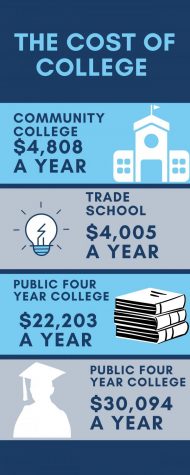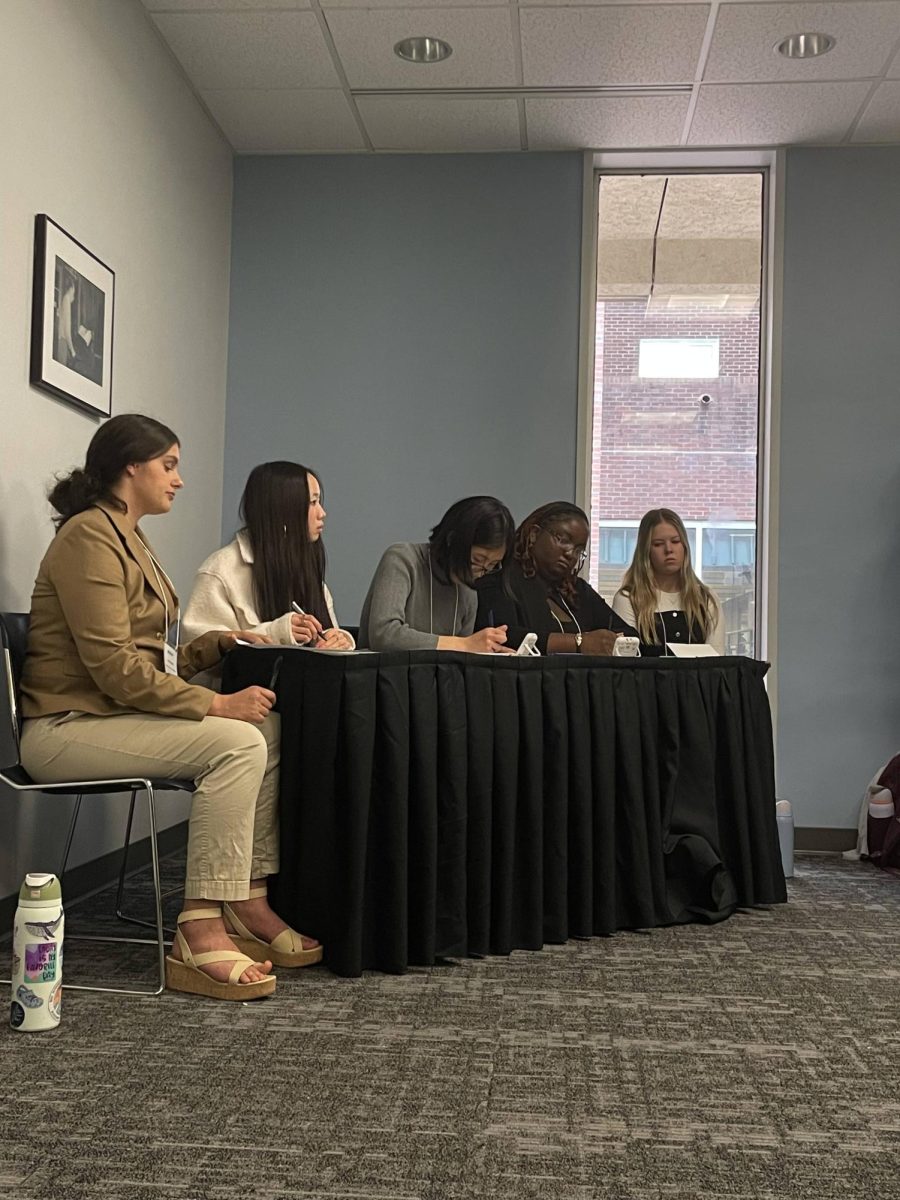 Every spring, graduating seniors face a time old decision: traveling away from home to continue their education journey at a four-year university or go to a community college.
Every spring, graduating seniors face a time old decision: traveling away from home to continue their education journey at a four-year university or go to a community college.
With the COVID-19 pandemic changing many students’ outlooks on school, coupled with increased safety concerns and skyrocketed education costs, students have started to consider options closer to home..
One of the many draws of community college can be a certification and/or associates degree in the trades. These programs get students into the workforce in as low as 18 months.
Matt Schmit, the Dean of Operations and Associate Dean of Technical Education at Scott Community College explained the options of a trade program. “A community college has something for everyone. On the technical side there are many programs where we can get students in and get them trained,” he stated.
These colleges can also create a segue to a four-year university. “If you want to start your degree you can come [to community college] and get credit to transfer to a four-year university,” explained Schmit. “These courses can be at a lot cheaper price tag with high quality education.”
If a student chooses to stay close to home and take the community college route, it can be perceived as a less prestigious education. The stigma around community college can affect a person’s choice to take this route for higher education.
While Schmit is unsure where the stigma started, he has definitely seen its effects. “There is definitely a stigma there about [community college being] lesser education than going to a four year university, such as one of the region schools,” he shared. “There is actually a lot of data out there to contradict that claim. Our students perform very well when they do move on.”
Local business president of Twin Bridges Truck City Sue Jarvis expresses her workforce needs, giving credit to the community colleges as a workforce resource. “In my business, for example, we are in dire need of diesel techs. You can go to a community college or a diesel tech school and graduate in 18-24 months with an associate degree,” she elaborated.
A trade program can provide numerous resources to help students get through the courses as well. “A lot of times once you get your basic classes done, a dealership will hire you while you finish your school,” Jarvis explained. “Just think you are working part time and learning while at work and when you finish school you are guaranteed a job and your debt is a lot less than a four-year degree.”
As high school students began to explore post-secondary options, Jarvis believes that trade school should be a more encouraged path.
“I feel that the high schools do not do a good job promoting these options to the students. We have a scholarship at PV mainly for diesel and automotive techs and we never get anyone going into this field [who] apply. I feel the counselors and the industrial arts teachers need to do a better job of promoting these careers,” stated Jarvis.
Community college and trades school are often an overlooked option for students to continue their education. However, the lower cost and closeness to home have made it an increasingly more appealing option for students.









